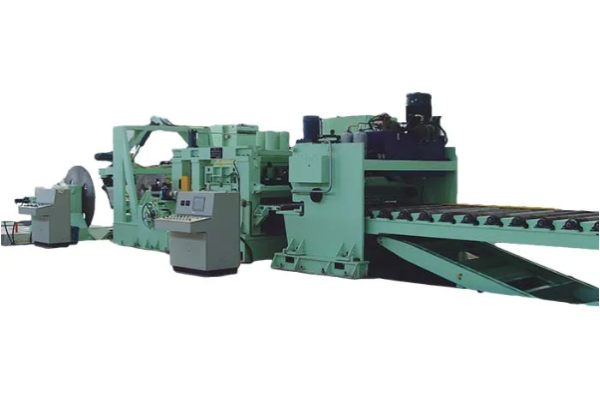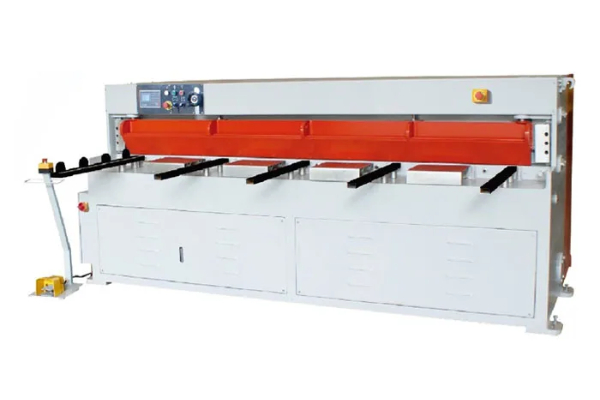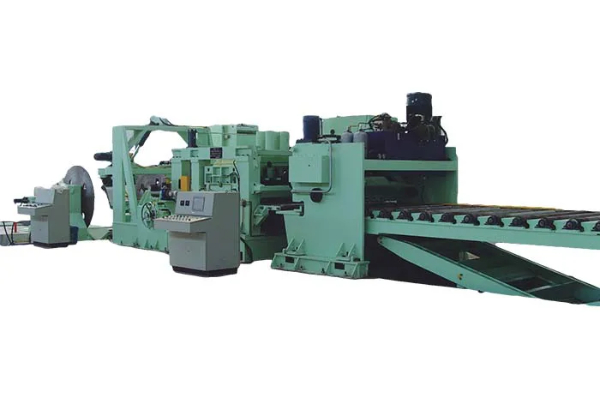
Mastering the Art of Sheet Metal Press Brake Operations
- By:Metmac
- 2024-06-11
- 180
The art of sheet metal press brake operations requires precision, skill, and a deep understanding of the machine’s capabilities and limitations. Mastering this craft is essential for professionals working in the fabrication industry, enabling them to produce high-quality, accurate, and aesthetically pleasing sheet metal components.
Fundamentals of Press Brake Operations
Understanding the fundamentals of press brake operations is paramount. This includes comprehending the machine’s anatomy, such as the ram, bed, tooling, and backgauge. Additionally, it’s crucial to grasp the principles of bending angles, bend calculations, and material properties to ensure accurate results.
Tooling Selection and Setup
Tooling selection is a critical aspect of press brake operations. The choice of dies and punches depends on the material and thickness being formed, as well as the desired bend radius and bend angle. Proper tooling setup ensures optimal performance and minimizes the risk of material damage.
Material Handling and Positioning
Material handling and positioning play a vital role in achieving precise bends. Skilled operators must handle sheet metal carefully to avoid scratches or deformations. Accurate positioning is essential for ensuring consistent bend lines and preventing any misalignments or unintended bends.
Bend Sequence and Optimization
Determining the optimal bend sequence is crucial for efficient and effective press brake operations. Factors such as material properties, desired bend quality, and tooling availability must be considered to minimize re-positioning and setup time, thereby maximizing productivity.
Advanced Techniques and Quality Control
Mastering the art of sheet metal press brake operations involves exploring advanced techniques such as bottom bending, coining, and hemming. These techniques enable the creation of complex shapes and features, enhancing the versatility and capabilities of the press brake. Quality control measures, including bend angle measurement and visual inspection, ensure that the produced components meet the required specifications.
Continuous Learning and Skill Development
Staying abreast of industry best practices, advancements in press brake technology, and material innovations is essential for continuous skill development. Attending workshops, online courses, and engaging in practical hands-on training can help operators further hone their craft and adapt to changing requirements.
Conclusion
Mastering the art of sheet metal press brake operations requires a combination of technical knowledge, practical experience, and a dedication to excellence. By understanding the fundamentals, selecting appropriate tooling, handling material effectively, optimizing bend sequences, and pursuing advanced techniques, professionals can elevate their skills and produce high-quality, precise, and visually appealing sheet metal components. Continuous learning and skill development ensure that operators remain at the forefront of this dynamic and evolving field.
-
Advanced Sheet Metal Rolling, Cutting, and Folding Machines for Efficient Fabrication
2025/10/22 -
High-Precision Sheet Metal Bending and Cutting Solutions for Modern Manufacturing
2025/10/22 -
High-Precision Solutions from Leading Sheet Metal Cutting Machine Manufacturers
2025/09/11 -
Reliable Sheet Metal Equipment for Sale to Support Precision Fabrication
2025/07/17
-
Advanced Sheet Metal Rolling, Laser Cutting, and Folding Machines for Precision Fabrication
2025/10/31 -
High-Performance Sheet Metal Bending and Cutting Machines for Modern Fabrication
2025/10/31 -
High-Quality Sheet Metal Equipment for Sale: Efficient Solutions for Modern Manufacturing
2025/10/31 -
High-Performance Sheet Metal Equipment for Sale: Forming and Shearing Solutions for Modern Fabrication
2025/10/22
-
A Guide to the Latest Innovations in Sheet Metal Folding Machines
2024/11/29 -
Key Features to Consider When Investing in a Sheet Metal Folding Machine
2024/11/28 -
Enhancing Precision with Advanced Sheet Metal Folding Machines
2024/11/27 -
How to Choose the Right Sheet Metal Folding Machine for Your Workshop
2024/11/26






